Team Blog Series: David Asanidze - Memento Mori - The Temporary Eternity of Soviet Propagandist Architecture
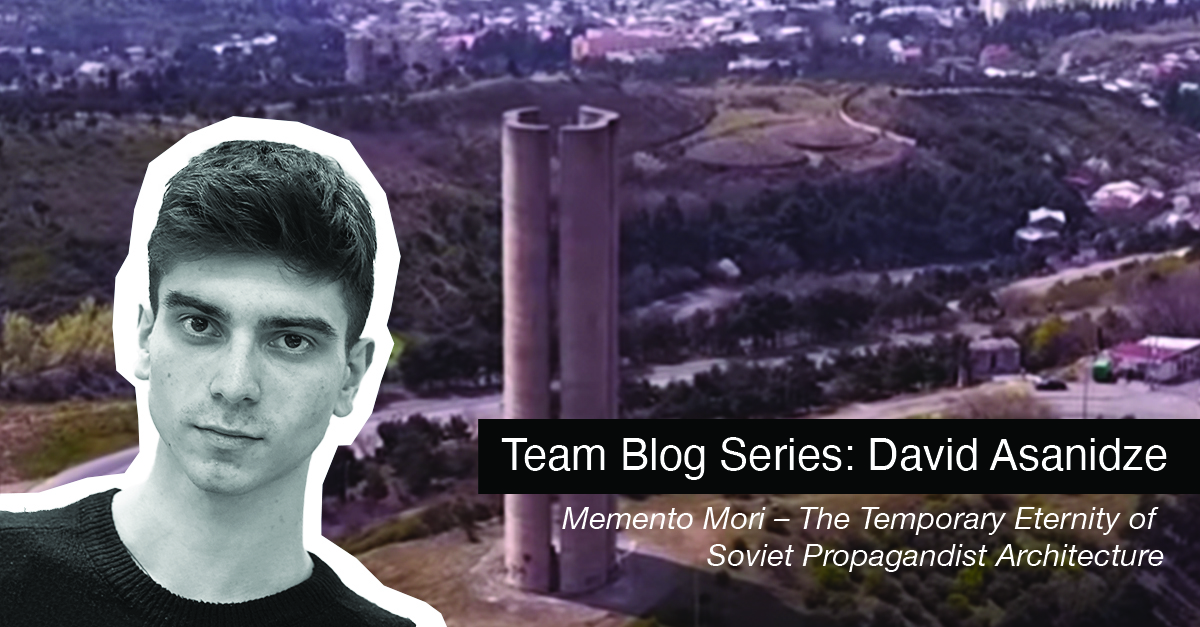
The Team Blog Series is a collection of blogs written by members of our team. Each blog's author will tell you about a topic, news, or issue that piques their interest.
Today’s blog was brought to you by David Asanidze, our junior architect. He will explore soviet propagandist architecture and its examples.
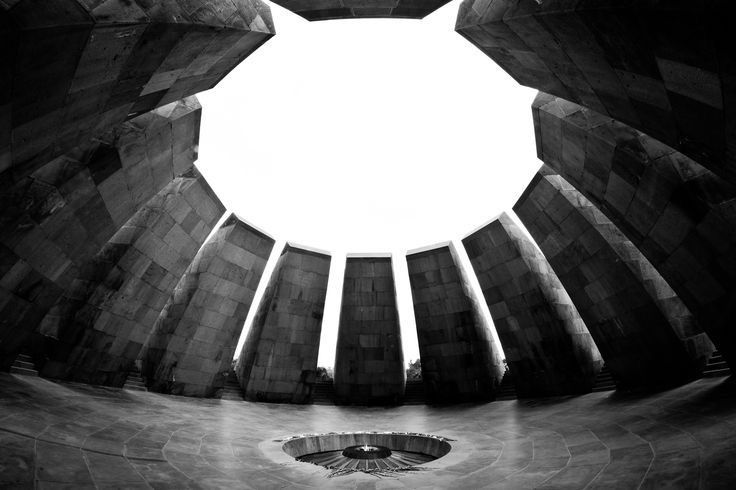
Image above: Armenian Genocide Memorial Complex, Yerevan, Armenia
Architecture has always been one of the main instruments for expressing power. Historically, authorities have used architecture to affirm their power. In totalitarian countries, architecture was used as a tool for psychological pressure on people. Adolf Hitler, in one of his speeches, stated:
"Not everyone of you sees me and I do not see every one of you. But I feel you and you feel me!"
A similar approach was applied in the Soviet Union – a space was to be created where citizens would have a weakened sense of freedom or personal space. Massive, brutal forms emphasized the supremacy of the regime and were evoking a feeling of hopelessness in ordinary citizens, psychologically overwhelming them.
One of the most notable examples of Soviet ambition is the Palace of Soviets. The high-rise administrative building of the USSR with a colossal statue of Lenin, was meant to symbolize the greatness of communism. Boris Iofan's project, much like the ambitious Tower of Babel, ended in failure.
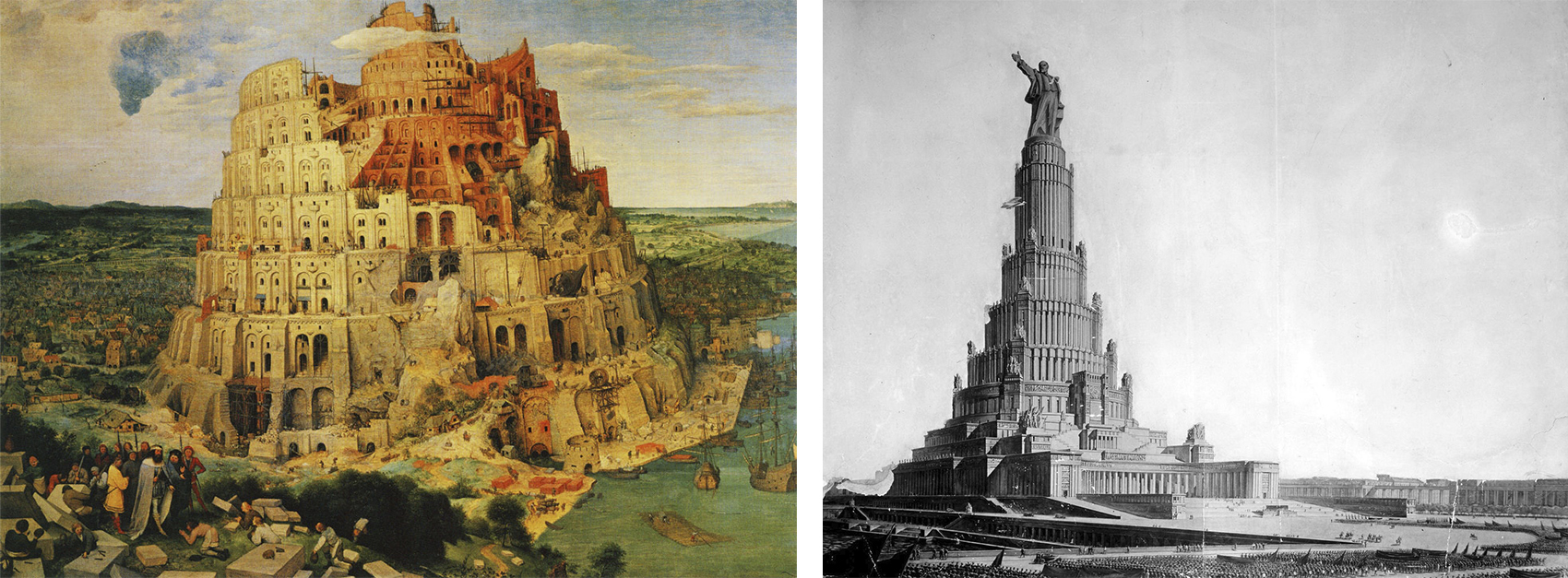
In Georgia, an example of such massive forms is the former Archaeological Museum, completed in 1988 in Tbilisi, on the site of three abandoned water reservoirs. The project by Shota Kavlashvili and Shota Gventsadze remains popular on an international scale. The unusual bas-relief was created by sculptor Tengiz Kikalishvili. The area originally featured the monument "Happiness to Nations," which was removed in the 1990s as a Soviet leftover and replaced with the current St. Nino monument.
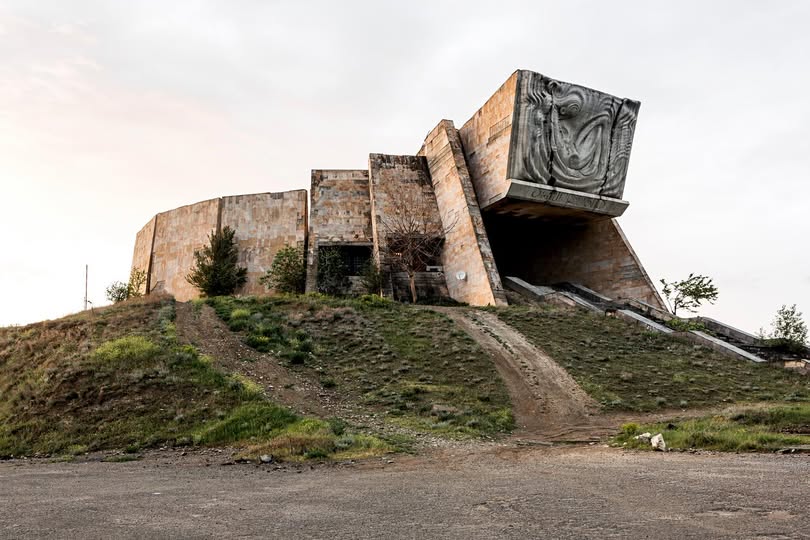
In Tbilisi, on a hill near Khudadov Street, a forty-meter concrete obelisk is part of a museum that was supposed to be built to celebrate the 800th anniversary of Shota Rustaveli. The completion of the project by Nodar Jobadze and Alexander Bakradze was stopped by a new law that, in order to save funds, prohibited the construction of monuments. Today, there is a climbing wall made in the obelisk which offers views of the entire city.
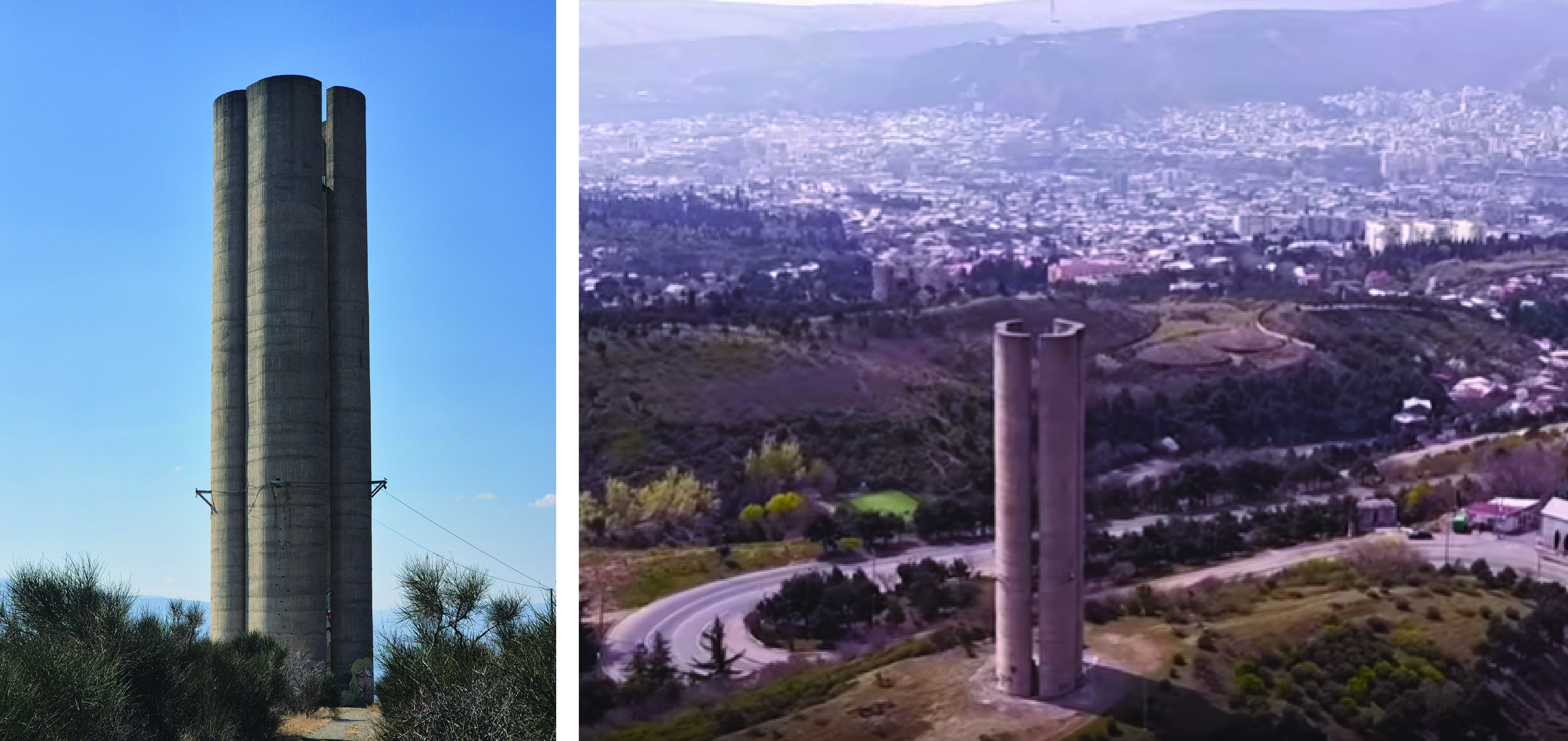
In 1983, another monument was erected at the current Republic Square. The project was designed by Otar Kalandarishvili. This location was intended as a public gathering place, and the parades were held there. The arches, which had only a visual function, evoked negative associations among citizens. It was perceived as a symbol of wiretapping, which led to it being named after the KGB head, Yuri Andropov, and it became known as "Andropov's Ears." This building with an interesting visual design was also sacrificed to the name of the evil empire and was demolished in 2005.
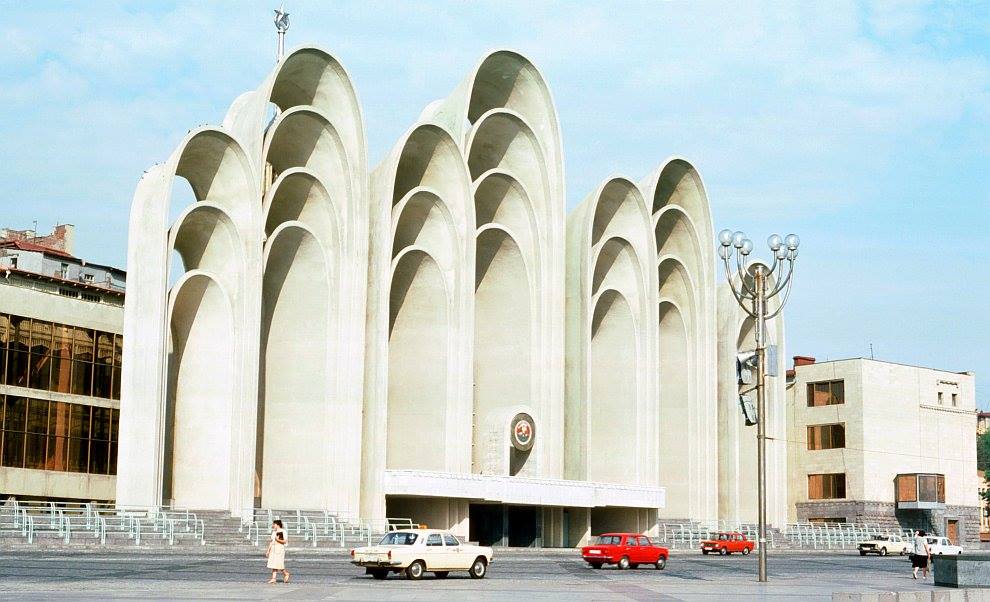
“Memento mori” (Latin for “Remember death”) – in ancient Rome, this phrase was used by a slave to remind the general of his mortality during a triumph, to prevent arrogance. The abandoned Soviet monumental buildings, which lost their propagandistic function, serve as a reminder of the failure of an overly ambitious, totalitarian regime.
Sources:
https://um.ge/news/tskhovreba-namglis-urosa-da-andropovis-yurebis-gareshe
Sources:
https://um.ge/news/tskhovreba-namglis-urosa-da-andropovis-yurebis-gareshe